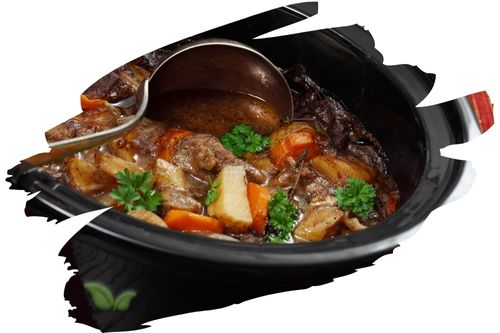
Introduction
Welcome to a detailed exploration of "what is milk thistle?. In this article, we'll delve into the intricacies of milk thistle, providing you with valuable information without delving into its health benefits. Let's embark on this enlightening journey together.
What is Milk Thistle?
Milk thistle, scientifically known as Silybum marianum, is a prickly plant native to the Mediterranean region. It's easily recognizable by its vibrant purple flowers and distinctive spiky leaves. While many associate milk thistle with its health benefits, this section will focus on its characteristics and history.
Origins and History
Milk thistle has a rich history dating back thousands of years. It was originally used by ancient civilizations for various purposes, such as food and medicinal remedies. This versatile plant has maintained its popularity throughout history due to its unique properties.
Botanical Features
To understand milk thistle fully, it's essential to examine its botanical features. The plant's distinctive appearance, including its prickly leaves and purple flowers, sets it apart from other herbs. Dive into the details of its structure and how it thrives in different environments.
Cultural Significance
Throughout history, milk thistle has held cultural significance in various societies. Explore how this plant has been incorporated into folklore, traditions, and rituals across different cultures.
Milk Thistle in Modern Times
In today's world, milk thistle continues to be of interest for its potential health benefits. However, we'll refrain from discussing those benefits in this section and instead focus on its modern-day uses and cultivation.
Medicinal Applications
While we won't delve into the health benefits, it's worth mentioning that milk thistle remains a subject of scientific research. Learn about its potential applications in modern medicine and ongoing studies.
Culinary Uses
Discover how milk thistle has found its way into the culinary world. Explore recipes and culinary practices involving this unique plant.
Farming and Cultivation
Get insights into the cultivation of milk thistle. Understand the conditions required for its growth and the regions where it's predominantly farmed.
Milk Thistle FAQs
Here are some frequently asked questions about milk thistle, along with concise answers:
Is milk thistle safe for consumption?
Yes, when used in moderation, milk thistle is generally considered safe for consumption.
Can milk thistle cure liver diseases?
While it's been studied for its potential liver benefits, it's essential to consult a healthcare professional for liver-related concerns.
Are there any side effects of milk thistle?
Some individuals may experience mild side effects, such as digestive issues, but they are relatively rare.
How can I incorporate milk thistle into my diet?
You can find milk thistle supplements or use its seeds in various recipes for a unique flavor.
Does milk thistle interact with medications?
It's advisable to consult your healthcare provider if you're taking medications, as milk thistle may interact with some drugs.
Is milk thistle suitable for pregnant or breastfeeding women?
Pregnant and breastfeeding women should consult their healthcare providers before using milk thistle supplements.
Conclusion
In conclusion, we've explored the world of milk thistle, focusing solely on its characteristics, history, modern applications, and answering common questions. While we haven't delved into its health benefits in this article, we hope this comprehensive guide has provided you with valuable insights into "what is milk thistle?".
Alert: While spices can have many beneficial properties for health, using them for medical purposes should be done under the guidance and supervision of a healthcare professional or specialist. Some spices may interact with medications or cause adverse reactions in certain individuals, and it is important to use them safely and appropriately. If you are considering using spices for a medical condition, it is important to consult with a healthcare professional before doing so.




















































